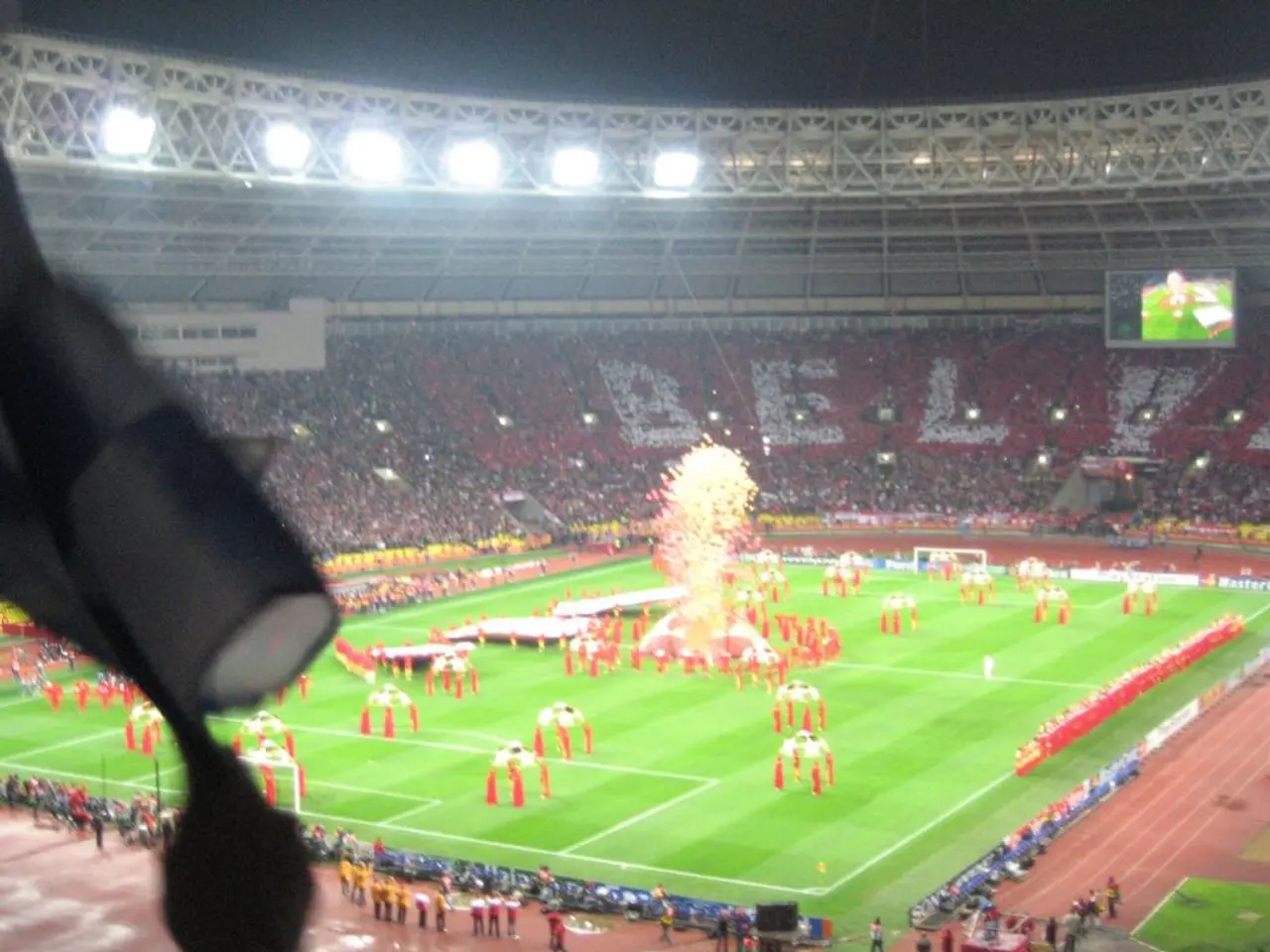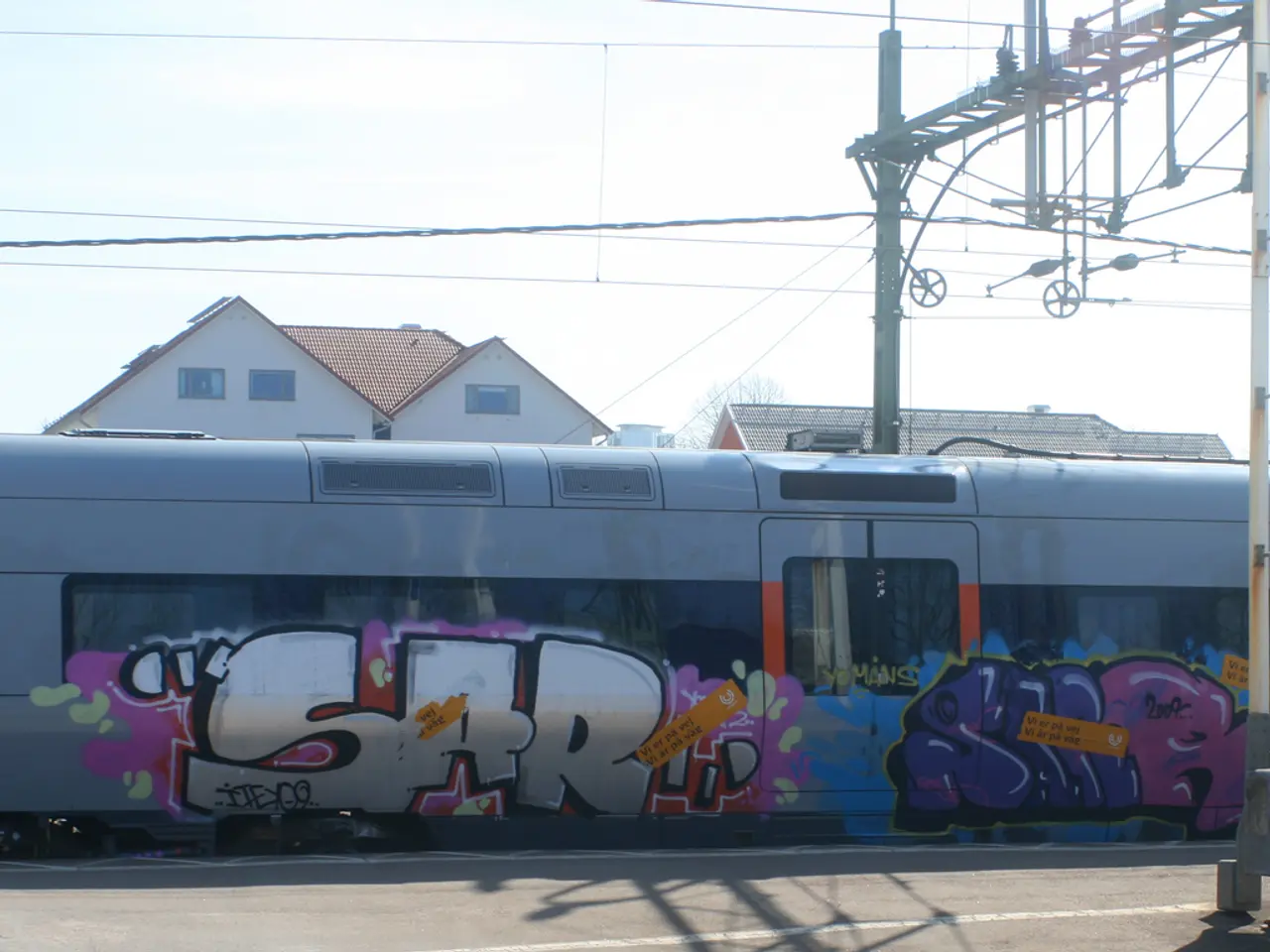The Court of Justice has already established that the Commission has met its obligations as stipulated by the Treaty.
Restoration and Memorial Plans for Sachsenburg Concentration Camp
The Sachsenburg concentration camp, located in Germany, is set to undergo restoration and become a memorial site, with the project receiving a boost after the mayor of Frankenberg, Oliver Gerstner, announced that it can now be continued and successfully completed.
The camp, which existed from mid-1933 until mid-1936, is estimated to have had approximately 7,200 inmates, many of whom did not survive their imprisonment. Sachsenburg is one of the few examples that shows how the Nazis developed their camp system and served as a training ground for personnel for later large camps.
One peculiarity of the early Sachsenburg concentration camp was the villa, standing in the middle of the camp with a view from the bedroom to the roll call area, but surrounded by a barbed wire fence. The commander's villa is currently being restored, with a new concrete slab being poured and a metal structure being erected to mimic the silhouette of the original building.
The villa was not used as a residence for the commanders' families, but it served as a symbol of the brutal regime that existed within the camp. In cells in the basement of the command post, not only prisoners but also guards who had not shown the desired harshness were interned.
The planned exhibition at the memorial site will be divided into a quick tour for occasional visitors and rooms for more in-depth information. The quick tour will include the shooting targets that served as a deterrent and were initially shot at immediately next to the roll call area where the inmates of the Sachsenburg camp had to assemble regularly. The installation serving as a memorial to the villa as a "crime scene" is expected to be completed by the end of 2025.
The project, however, faced a funding stop in the 2025 budget by the financially struggling Free State. But, with the additional 1.46 million euros provided by the Free State of Saxony, co-financing for the memorial site at Sachsenburg has been secured, ensuring the project's continuation.
The multi-story factory building on the banks of the Zschopau, where the camp was situated, was seized by the Nazis in May 1933 and served as one of the early concentration camps. Work on the roof of the building that once housed the camp's command is scheduled to begin this year.
The restoration and memorialisation of the Sachsenburg concentration camp is an important step in remembering the atrocities that occurred during the Nazi regime and honoring the lives lost at the camp. With the project now back on track, it is hoped that the site will serve as a powerful reminder of the horrors of the past and a call for humanity to never forget.
References: 1. Sachsenhausen Memorial and Museum 2. Sachsenhausen Concentration Camp Memorial Site 3. Neuengamme Concentration Camp 4. Sachsenburg Concentration Camp 5. Sachsenhausen Concentration Camp: A Historical Overview
The restoration and memorialization of Sachsenburg Concentration Camp, a notorious site of war-and-conflicts, is a significant step in addressing general-news related to the atrocities of the past. As politics and crime-and-justice continue to discuss the importance of remembering historical events, this project is crucial in honoring the lives lost during the Nazi regime.





